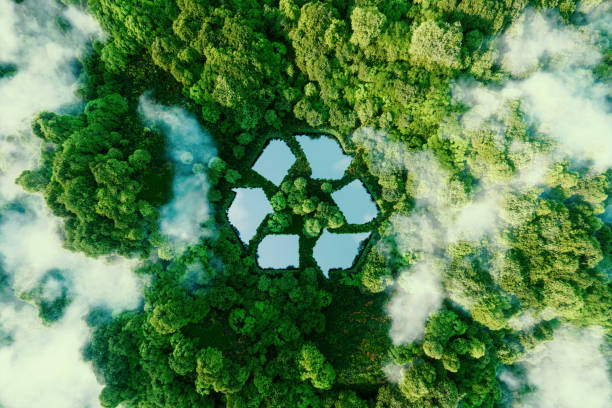Solastalgia: The Emotional Toll of Environmental Change
Introduction: In an era of rapid environmental transformation, a new psychological phenomenon is gaining recognition: solastalgia. This unique form of distress, caused by changes to one's home environment, is reshaping our understanding of mental health and place attachment. Read below to explore the profound impact of solastalgia on individuals and communities worldwide.

The term combines the Latin word solacium (comfort) with the Greek root -algia (pain), effectively capturing the sense of homesickness one experiences while still at home. As our surroundings shift, often due to factors beyond our control, we may feel a deep sense of loss, anxiety, and disconnection from the places we once found solace in.
The Psychological Impact of Environmental Change
Research has shown that solastalgia can have significant mental health implications. Studies conducted in areas affected by drought, mining activities, and natural disasters have found higher rates of depression, anxiety, and substance abuse among residents experiencing rapid environmental change. The loss of familiar landscapes, biodiversity, and cultural heritage sites can trigger a profound sense of grief and disorientation.
Moreover, solastalgia challenges our sense of place identity – the way we define ourselves in relation to our environment. As cherished natural spaces disappear or transform, individuals may struggle with questions of belonging and purpose. This psychological distress can manifest in various ways, from decreased productivity to social withdrawal and even physical health problems.
Global Manifestations of Solastalgia
While solastalgia was initially observed in rural Australia, it has since been recognized as a global phenomenon. In the Arctic, indigenous communities grapple with the loss of traditional hunting grounds and cultural practices due to melting sea ice. In coastal areas worldwide, rising sea levels threaten to displace entire communities, severing generations-long connections to ancestral lands.
Urban environments are not immune to solastalgia either. Rapid gentrification and development can dramatically alter neighborhood character, leaving long-time residents feeling alienated in their own communities. The loss of green spaces, historic buildings, and local businesses can erode the sense of place that once defined these areas.
Coping Strategies and Community Resilience
As awareness of solastalgia grows, researchers and mental health professionals are developing strategies to help individuals and communities cope with environmental distress. One approach involves fostering environmental stewardship and community engagement. By actively participating in conservation efforts or local improvement projects, individuals can regain a sense of agency and connection to their changing environment.
Another promising avenue is the concept of soliphilia – the love of and responsibility for a place, bioregion, planet, and the unity of interrelated interests within it. Cultivating soliphilia can help counteract the negative effects of solastalgia by promoting a sense of belonging and shared purpose in the face of environmental challenges.
Policy Implications and Future Directions
The recognition of solastalgia as a legitimate form of psychological distress has important implications for environmental policy and urban planning. Policymakers are increasingly being called upon to consider the mental health impacts of development projects and climate change mitigation strategies. This holistic approach to environmental management acknowledges the deep emotional connections people have with their surroundings.
Looking ahead, the study of solastalgia opens up new avenues for interdisciplinary research. Collaborations between psychologists, ecologists, urban planners, and cultural anthropologists could yield valuable insights into the complex relationships between humans and their environments. As we continue to navigate a world of rapid change, understanding and addressing solastalgia will be crucial for promoting individual and collective well-being.




